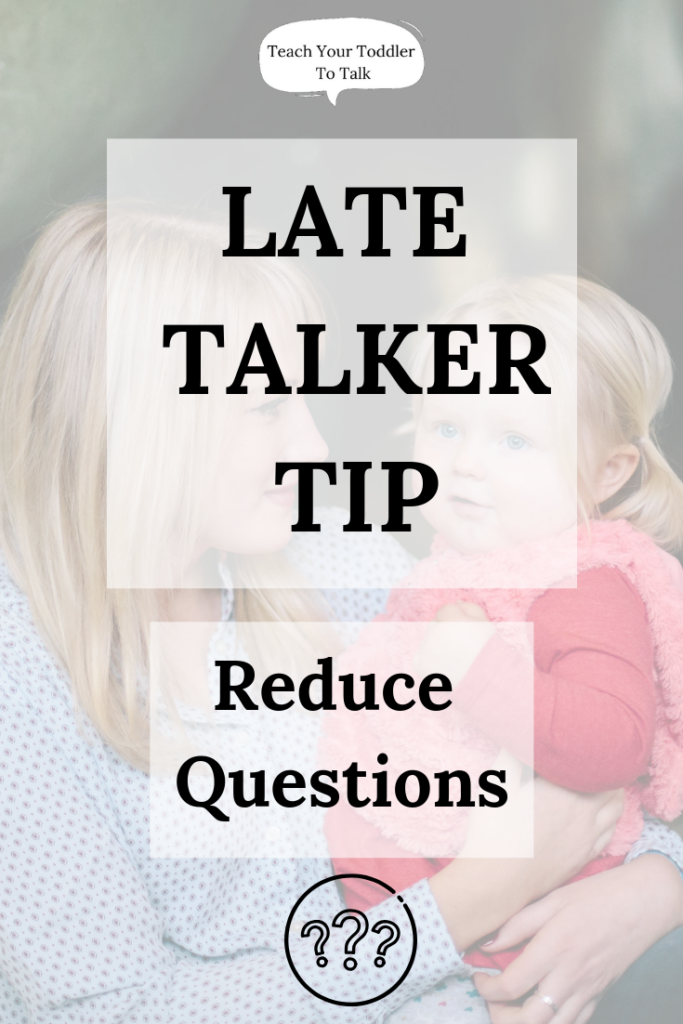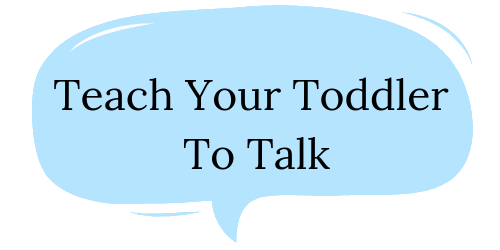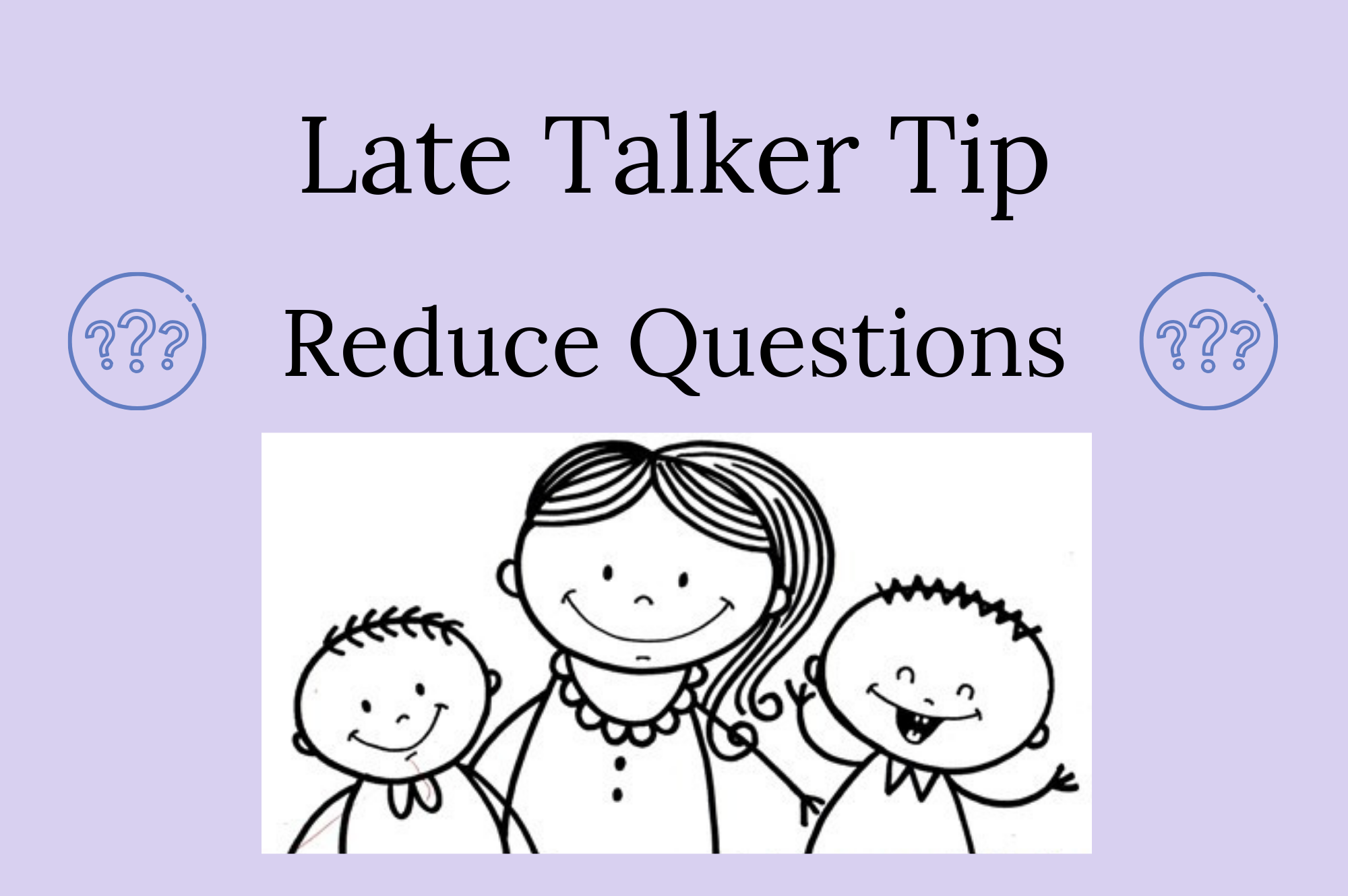I work with families every day who have toddlers who aren’t talking yet. This has allowed me to see how different parents interact with their children. Parents are always loving and well intentioned. They often just want to show what their toddler can do and how smart they are! But one of the most common things that I see is parents who ask their kids lots of questions: “What’s this?” “What’s that?” “Can you say ball?”
What typically happens when kids are asked these questions, is that they ignore their parents and just do their own thing! Maybe you’ve experienced this, and noticed that your child just won’t say the word, no matter how many times you’ve asked!
The thing is that if we are constantly testing our children, this puts pressure on them to perform. This can be daunting, especially if they don’t have many words yet and talking is really hard for them! Just because they’ve said the word once or twice, doesn’t mean it’s easy for them to say it whenever you ask them to.
If you are the type of parent who asks a lot of questions, I recommend trying to reduce your questions. Here are my five tips for reducing questions and what to do instead:
1. TURN QUESTIONS INTO COMMENTS
Instead of asking a question, make a comment. Kids learn language by hearing language. When you are asking a question, you are missing out on opportunities to flood their brains with language! The more language a child hears, the better they will be able to understand. The more they understand, the better they will be able to use those words to communicate.
2. USE SHORT, GRAMMATICALLY CORRECT PHRASES
We want to speak in short phrases that are grammatically correct. If your sentences are too long, your child will have difficulty hearing the individual words. Instead of saying “That’s a big, red ball. You really like playing with that ball, don’t you?” We want to simplify our speech by saying something like, “Ball! Throw the ball! Get your ball!” Notice we’re not saying “throw ball” or “get ball”. We want to give them a good grammatical foundation so they are able to use appropriate grammar later on. By using short, grammatically correct phrases, you will be helping your child learn and understand new words.
3. REPEAT AND EMPHASIZE KEY WORDS
You can help highlight new words by repeating and emphasizing the word. Like in the previous example, we are repeating and emphasizing the word “ball”: “Ball! Throw the ball! Get your ball!” You can use the same word may times during an interaction to help your child understand the meaning of the word and eventually learn to say it.
4. GIVE THEM A TURN
We don’t want to be commenting so much that we are dominating the conversation! Just like we take turns when we are talking to a friend, we want to give our child a turn to communicate. Just because your little one isn’t talking yet, doesn’t mean they are not communicating with you. They might take their turn by looking at you, showing you the ball, making a sound or a gesture. Make sure you give them time to respond so they can be an active participant in the conversation.
5. MAKE IT FUN!
Kids are more likely to copy you if you have their attention and they are interested in what you are doing. The best way of doing this is to be silly and fun! Get on the floor and play with them. Be silly by putting a block on your head. Say “fall down!” when it falls off. Repeat this many times if they think it’s funny! Your child will be more engaged if they are having fun, so don’t be afraid to be silly.
FINAL THOUGHTS
By reducing questions, it can allow your child to hear more meaningful language. Now, we don’t need to eliminate allquestions, because questions are an important part of language that your child needs to learn too. But by reducing “testing” questions (“what’s that?” “can you say ball”), it helps keep your child engaged in the interaction, increases their understanding of words, and gives them opportunities to copy new words.



